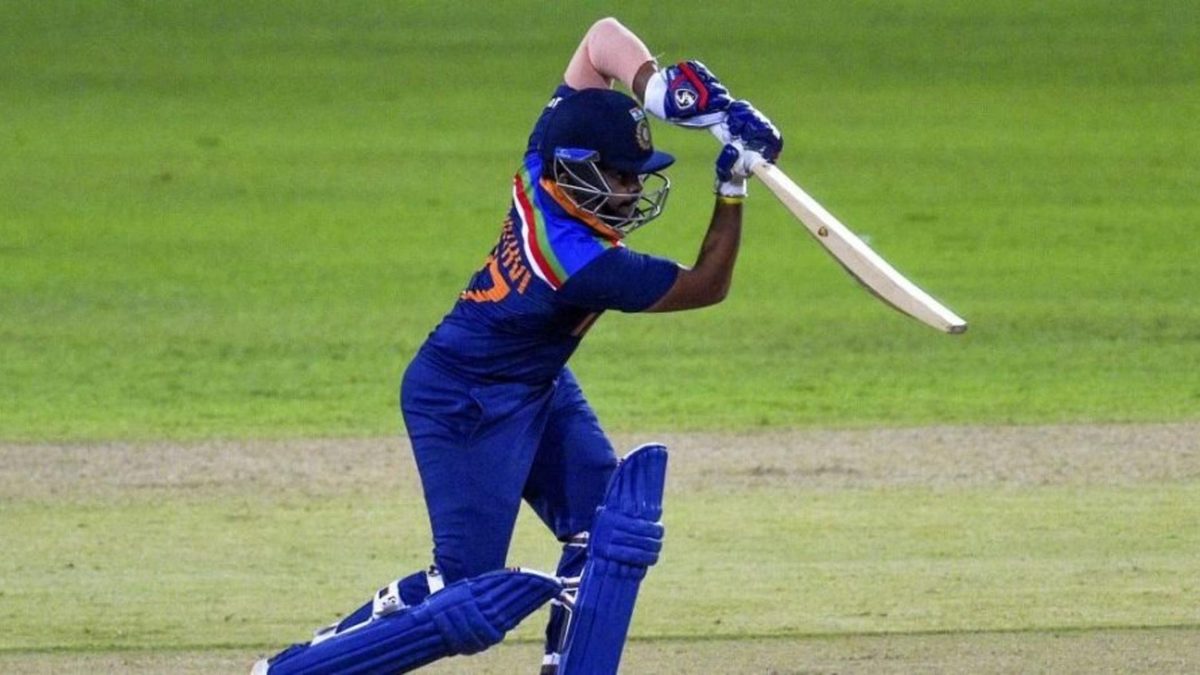
Prithvi Shaw’s 24-ball 43 against Sri Lanka on Sunday pointed to a future India should explore sooner rather than later, writes Rohit Sankar.
Subscribe to the Wisden Cricket YouTube channel for post-match awards, player interviews, analysis and much more.
His captain batted through a successful run chase to remain unbeaten on 86, but Prithvi Shaw needed just 5.3 overs to steal Shikhar Dhawan’s thunder and run away with the Player-of-the-Match award in the first ODI against Sri Lanka.
Shaw faced just a tenth of the total number of balls Sri Lanka bowled at India in the innings. He scored just over 16 per cent of the runs India made. Neither metric suggested him to be an overwhelming favourite to win the Player-of-the-Match award. What he did do, though, was put India on course to score 91 runs in the first 10 overs, the most they have scored in that phase in ODIs since 2012.
At the start of India’s chase of 263, India’s required run rate was 5.26 runs per over. At the end of Shaw’s innings, it had come down to 4.62. That kind of impact at the top is something India have rarely had since the Virender Sehwag era.
Rohit Sharma’s template can be equated directly with India’s general top-order approach in this format: settle down and go big. Of course, Rohit does it best, switching over to Hitman mode after his sluggish starts, but the others aren’t too behind. With Virat Kohli and Shikhar Dhawan, two other accumulators at the top, India’s mantra has been to bat deep and steady, and then see what they can do at the back-end of the inning.
This stands in contrast to England’s method. The world champions have a long batting line-up and look to start off all guns blazing.
India’s batting average in the first 10 overs in ODIs since the start of 2016 is 43.41, the best after South Africa. Their strike rate, however, is 79.44, behind England, Australia, South Africa, Sri Lanka and New Zealand.
England, on the other hand, have an average of 40-plus too, but strike of 93.03 in the first 10 overs. The intent from the get-go is clear.
This isn’t to say India’s approach is senseless. India do not have the resources to bat as deep as England, so seeking security upfront is understandable. But, what’s changed in recent times is the emergence of some exciting middle-order options: Rishabh Pant, Suryakumar Yadav, Ishan Kishan and Sanju Samson are all bankable, yet hard-hitting batters.
India can now afford to go harder at the top and keep going harder, especially when there is a gargantuan presence like Kohli there to glue the innings together. Shaw’s innings on Sunday is evidence of how beneficial a start like that could be when chasing par and above-par totals.
This is a player who has been building towards this moment. In the 2021 Vijay Hazare Trophy season, Shaw smashed a record 827 runs in eight innings at an average of 165.4 and a strike-rate of 138.29. Going hard in the powerplay against pace is his mantra, and the 21-year-old has thrived on it.
He did exactly that against Sri Lanka, starting off with a bang, and Ishan Kishan kept up the pace by going hard from ball one, too on. It raised hopes of how India’s batting approach may mirror the present England side’s after the 2023 World Cup.
4️⃣,4️⃣,4️⃣
The Prithvi ‘Show’ in Colombo 🔥Tune into #SonyLIV now 👉 https://t.co/1qIy7cs7B6 📺📲#SLvsINDonSonyLIV #SLvIND #PrithviShaw #Fours pic.twitter.com/lzUtYag7K4
— SonyLIV (@SonyLIV) July 18, 2021
But with a global ODI trophy having eluded them for eight years, India may need to scrutinise their current batting approach – the one initiated by Rohit, Dhawan and Kohli – more. Are they comfortable scoring at the pace they do in the first 10 overs? Losing wickets in clusters upfront against quality pace attacks has been India’s nemesis in crunch games in the past – this goes against the narrative that having a group of anchor batsmen at the top gives them more security.
Take the 2019 World Cup semi-final for instance. At 5-3, India were virtually ruled out of the contest, mainly because they didn’t have the kind of mentality in the middle order to break the shackles and put pressure back on New Zealand. Ravindra Jadeja’s brilliant half-century brought India back into the game, but by the time the No.8 batsman had come in, India had already played out over 30 overs. Perhaps a more aggressive top order would have led to a more proactive approach from those who followed?
The current crop of players India have suggest that the team is capable of shedding inhibitions and building a robust line-up with enough aggressors stuffed in between the very reliable superstar anchor batsman.
But, to reach their peak potential in the batting department in this format, India will have to be proactive and make the likes of Shaw, Kishan and Suryakumar as important to their 2023 ODI World Cup plans as the Rohits and Kohlis. It may just be the difference between a semi-final finish and a title.








